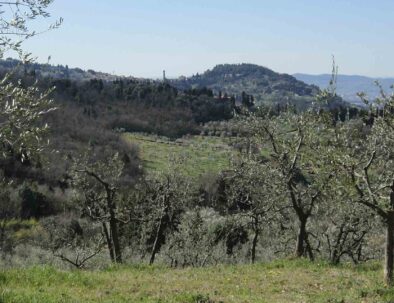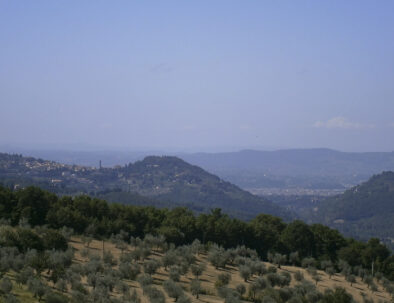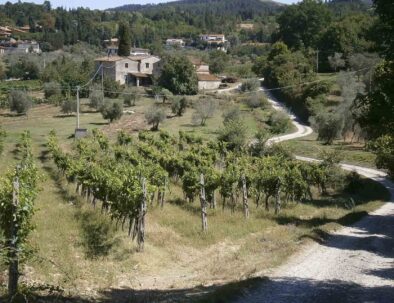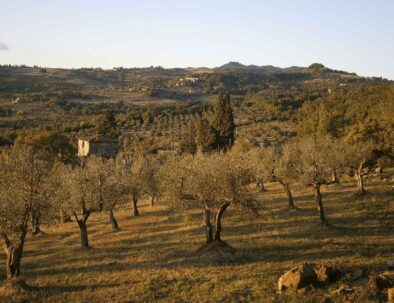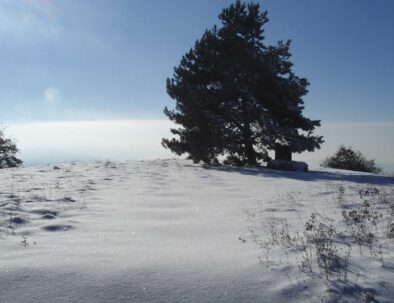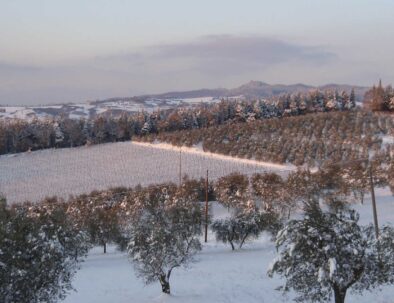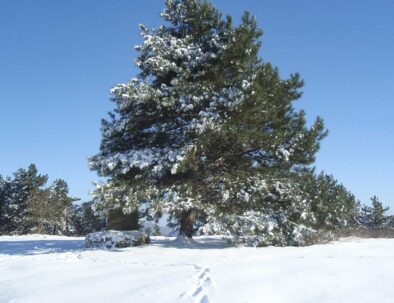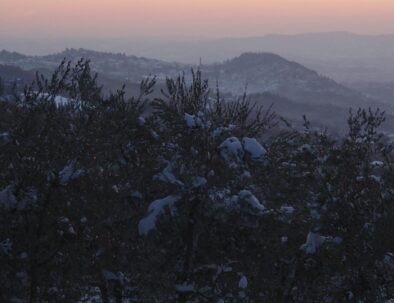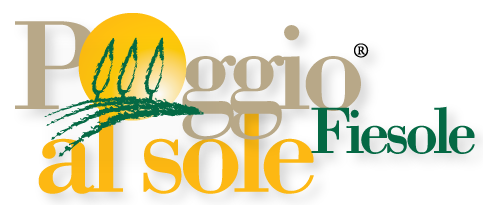Poggio Pratone
Itinerary 1
"In the heart of Tuscany" Poggio al Sole - Poggio Pratone - Montereggi - Poggio al Sole
Loop itinerary in the territory of Fiesole, in the very heart of Tuscany. The trail is intense, but rather short and not too strenuous, and it allows enjoying a panoramic view of the peculiar Fiesole countryside. The majority of the itinerary runs through trails, untarred roads and rural territories, still you will feel the magic vicinity of the city of Florence, the ancient and silent harmony of its past and present people.
Distance: 8 km – 4,96 miles (Poggio al Sole – Poggio Pratone 4 km – 2,48 miles)
Elevation gain: 350 m
Difficulty: average-easy
Estimated time: 2,30-3,00 hours
Suggested time of the year: all year round (during rainy periods there may be muddy segments)
Interest: landscape trail
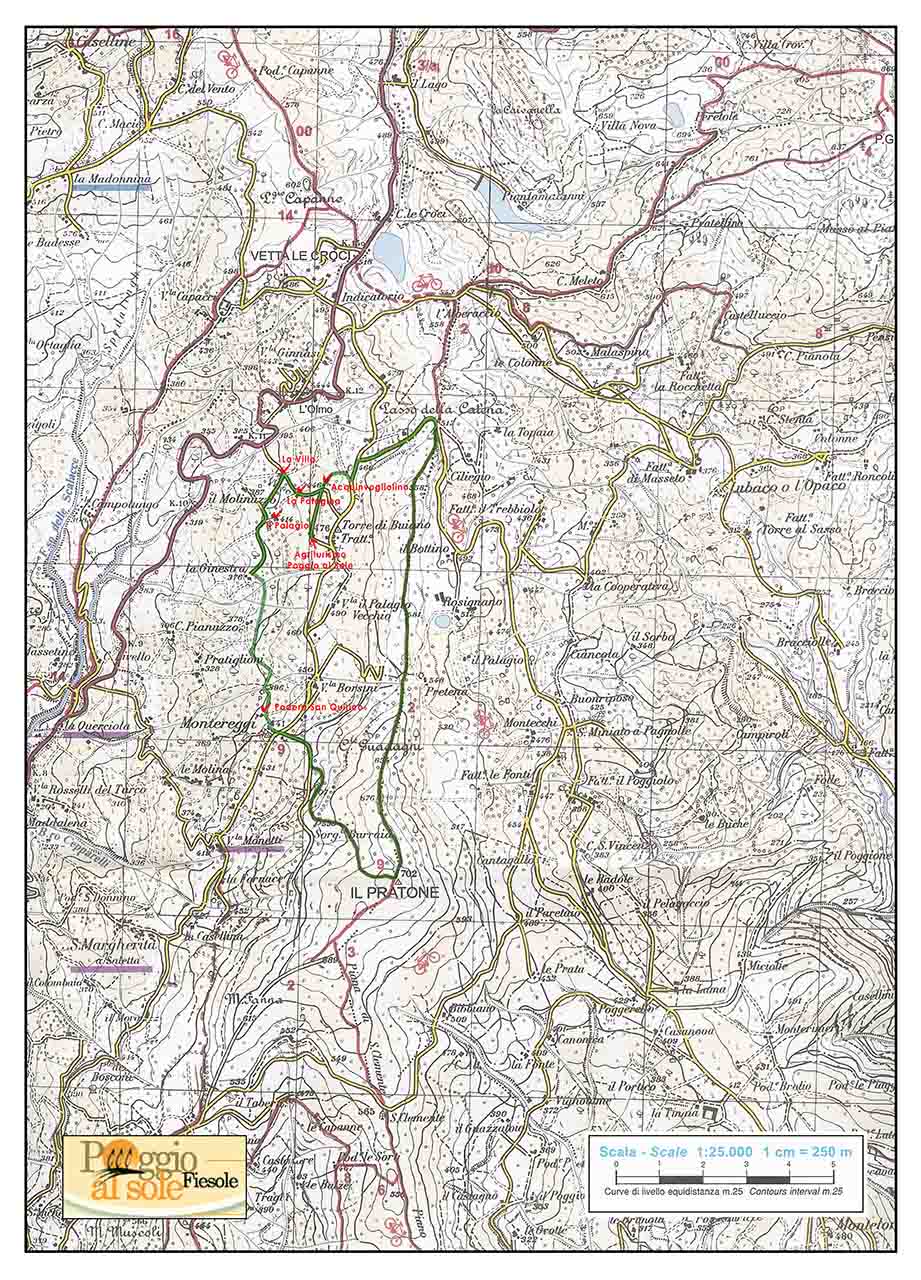
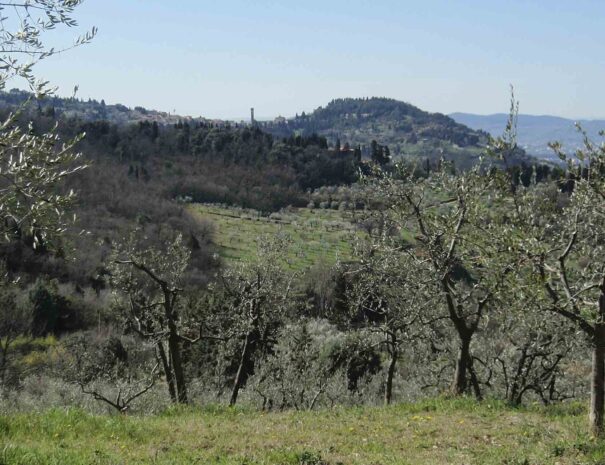
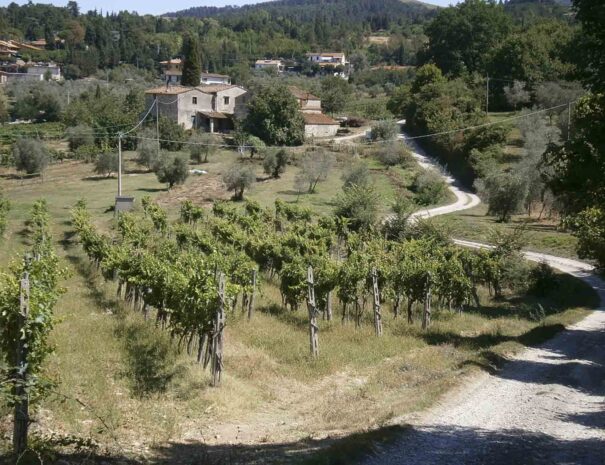
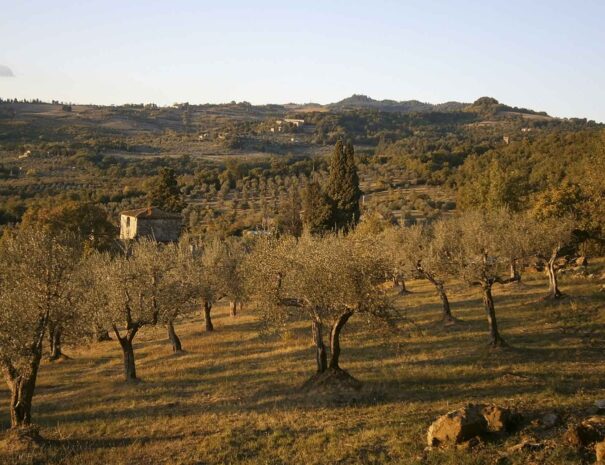
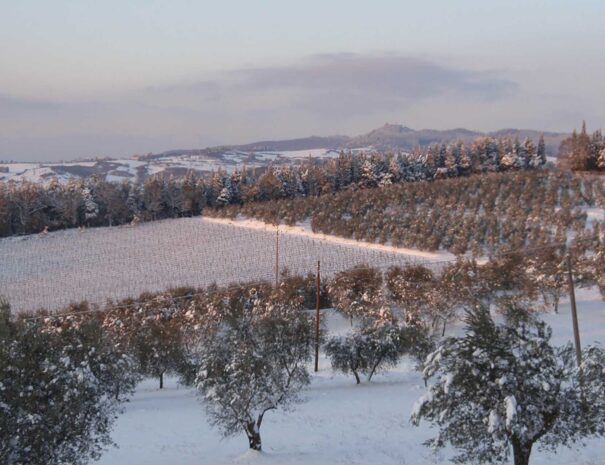
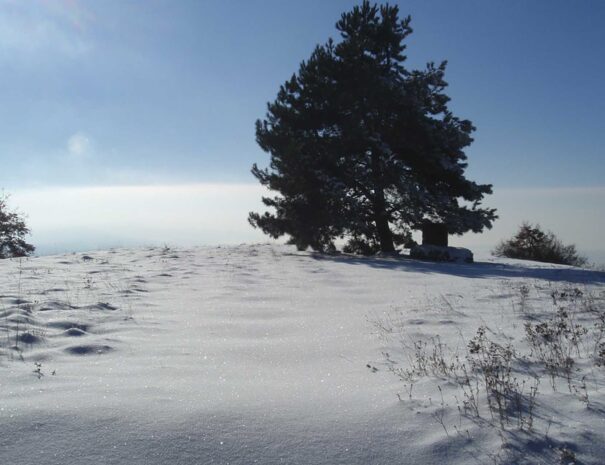
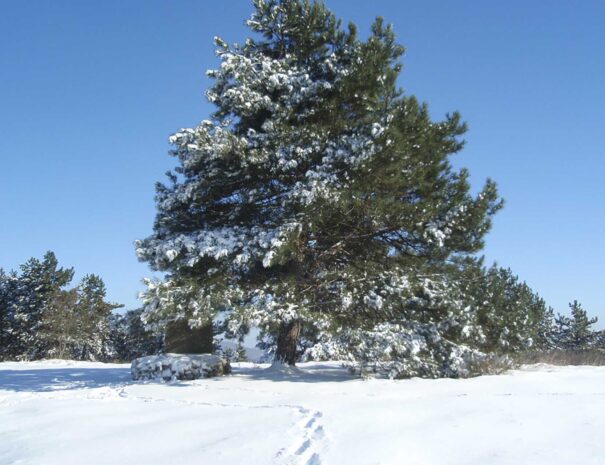
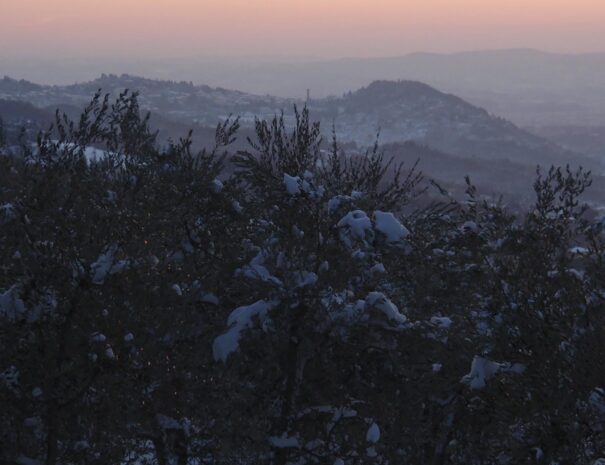
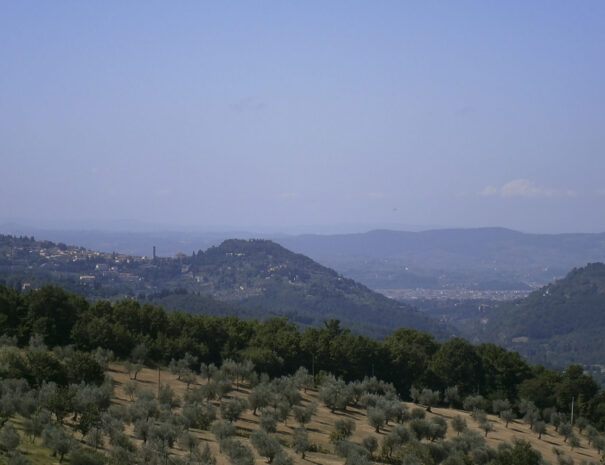
Here, in proximity of a tank, the gurgling of water can be heard after abundant rainfalls. Right in front of you stands the village Olmo, with the medieval Tower of Villa Ginnasi watching over the ancient road; the Faentina, which connected Florence to Mugello and to the north of Italy; and Villa Capacci, a majestic example of farmhouse belonging to hospital institutions.
At this point, in proximity of a juglans and a huge oak tree, the footpath starts climbing on the right, and after passing another dilapidated rural complex, the Palagina, it intersects with via Torre du Buiano, then on the right and back to the Agriturismo Poggio al sole, from where it started.
Itinerary and photos by Giovanni Crescioli: www.FiesoleBike.it
